
Performance Analysis
The cooling performance is really rather strong here, especially so for a case that prioritises low noise. The CPU delta T of 50°C is up there with the top performing cases we've seen so far, including the NZXT Manta which managed 48°C. Clearly, the 120mm exhaust fan has no trouble clearing out heat from the CPU zone, even with the closed off roof panel.The GPU result of 49°C is actually even better than the Manta, albeit only by 2°C. The only other case to do better than this is Fractal's own Core 500, the design of which leaves the graphics card right next to a massive vent – something which will be hard to beat. Nonetheless. The intake fan is clearly doing its job here, and we suspect the GPU also benefits from the ventilated floor of the Define Nano S.
There is no onboard fan control, so the only results we have are the fixed, full speed ones. While it is becoming less relevant as motherboard manufacturers, especially MSI and Asus, step up their fan control game, built-in solutions are still something we like to see in cases designed for low noise – a simple three-speed switch would have done nicely. The noise from the fans isn't bad at full speed, but anyone focussed on minimum noise will want to reduce their RPM – thankfully the cooling results show that you can do this safely. Even running overclocked hardware.
Conclusion
With the Core 500, Node 202 and now the Define Nano S, Fractal appears keen not to let any growth in the mini-ITX segment go to waste. Tower cases, and especially the Define Series, are what gave Fractal its reputation, so it's little surprise the Define Nano S is largely a success.While the size and shape may not be particularly exciting to enthusiasts seeing to make the most of mini-ITX dimensions, the Define Nano S is still a lot smaller than a standard ATX build would be, especially given the water-cooling it supports. On that topic, we're happy to see included pump and reservoir mounts neatly integrated into the design. The core chassis could be stronger, the routing holes larger and the grommets on them more secure. Some may decry the lack of onboard fan control too. As such, the case isn't a contender for our top award, but it has certainly earned itself a Recommended – if you want a simple, no-fuss and low noise mini-IX build it should definitely be on your shortlist.


MSI MPG Velox 100R Chassis Review
October 14 2021 | 15:04

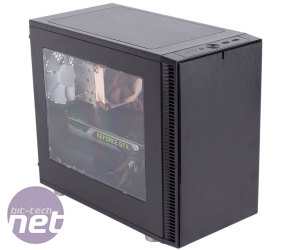

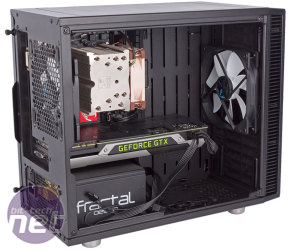
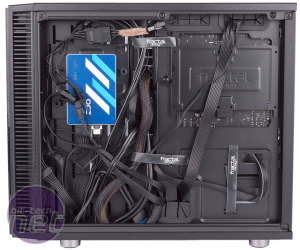
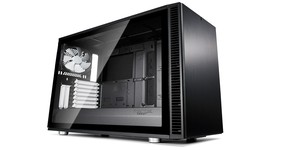
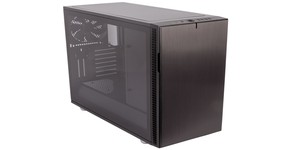
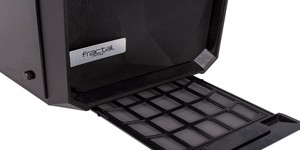




Want to comment? Please log in.